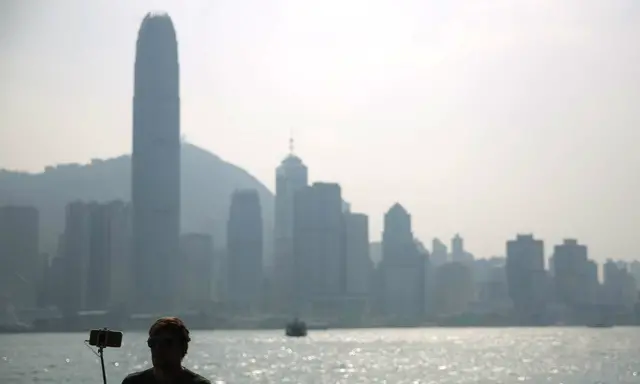If you live in Hong Kong, Singapore, Shanghai or one of Asia’s other bustling metropolises, chances are that you are not among the lucky 10 per cent of the world population who breathe clean air.
A World Health Organisation study released in September found that 92 per cent of the planet’s human population lived in areas where air pollution was at unhealthy levels that lead to lung cancer, heart disease and strokes.
Traffic on a heavy polluted day in Shanghai. Photo: AFP
The particles – named after their diameter of less than 2.5 micrometres – penetrate deep into the lungs and the cardiovascular system, leading to a rise in debris in the bloodstream and inflammation-causing changes in immune cells.
The exposure to the particles adds stress to the heart and lungs, which must work harder to supply the body with oxygen.
Another leading culprit is ground-level ozone (O3), which is created by chemical reactions between oxides of nitrogen and volatile organic compounds in the presence of sunlight.
O3 – which makes up the protective ozone layer in the earth’s stratosphere – can trigger lung problems, especially among the young and elderly. And benzo(a)pyrene (BaP), which originates from incomplete combustion of fossil fuels, is carcinogenic. Other leading elements of air pollution include nitrogen dioxide and sulphur dioxide, which are emitted when certain types of fuel are burned.
Smog shrouds the Singapore Flyer. Photo: Reuters
But the health effects of air pollution are not confined to acute and life-threatening diseases.
Experts say other problems caused by poor air quality include chronic wheezing, headaches, dry throat, nausea and fatigue. People who are exposed to poor air are also more likely to suffer from weaker immune systems.
(SOUTH CHINA MORNING POST)
 简体中文
简体中文



